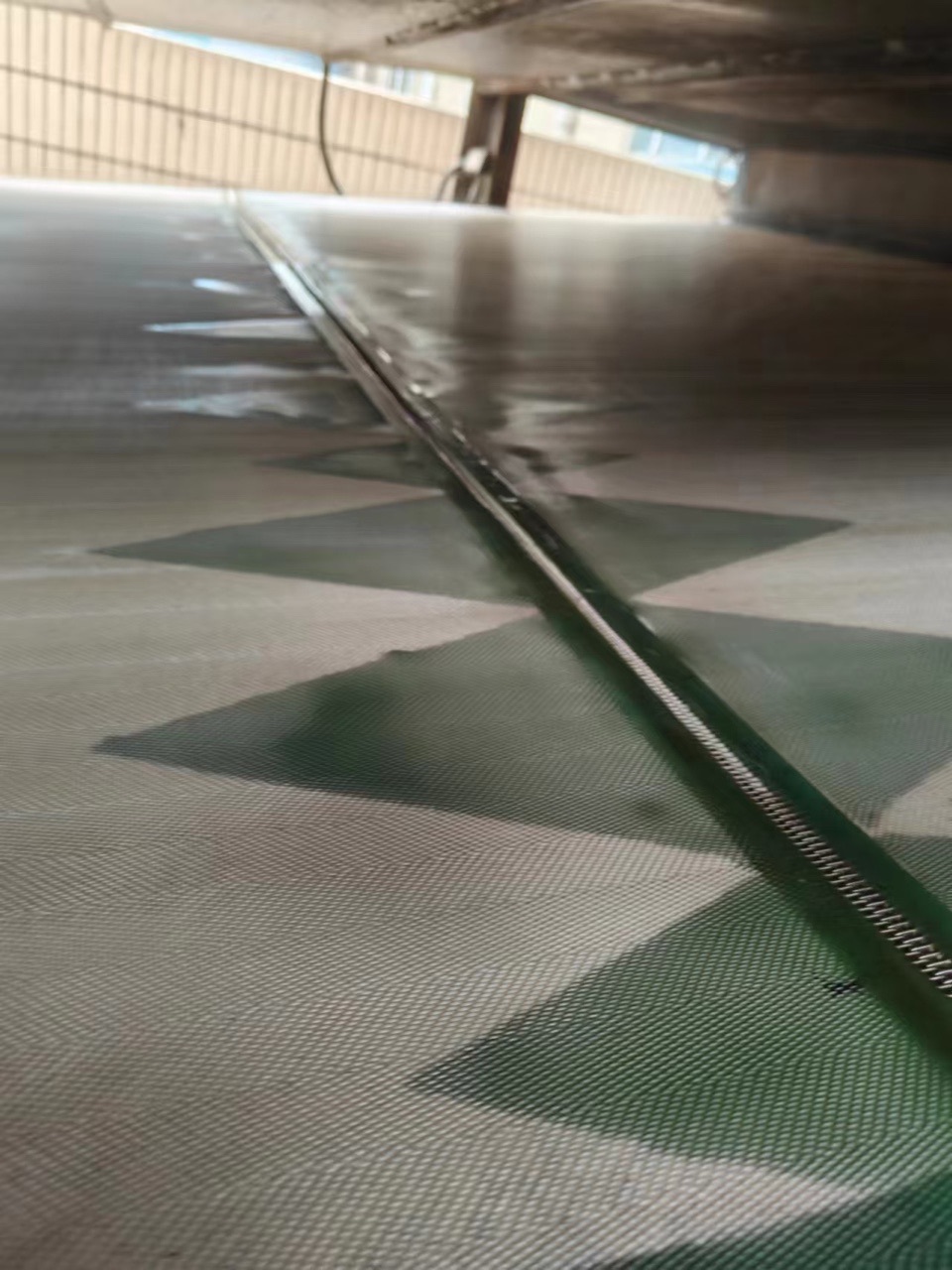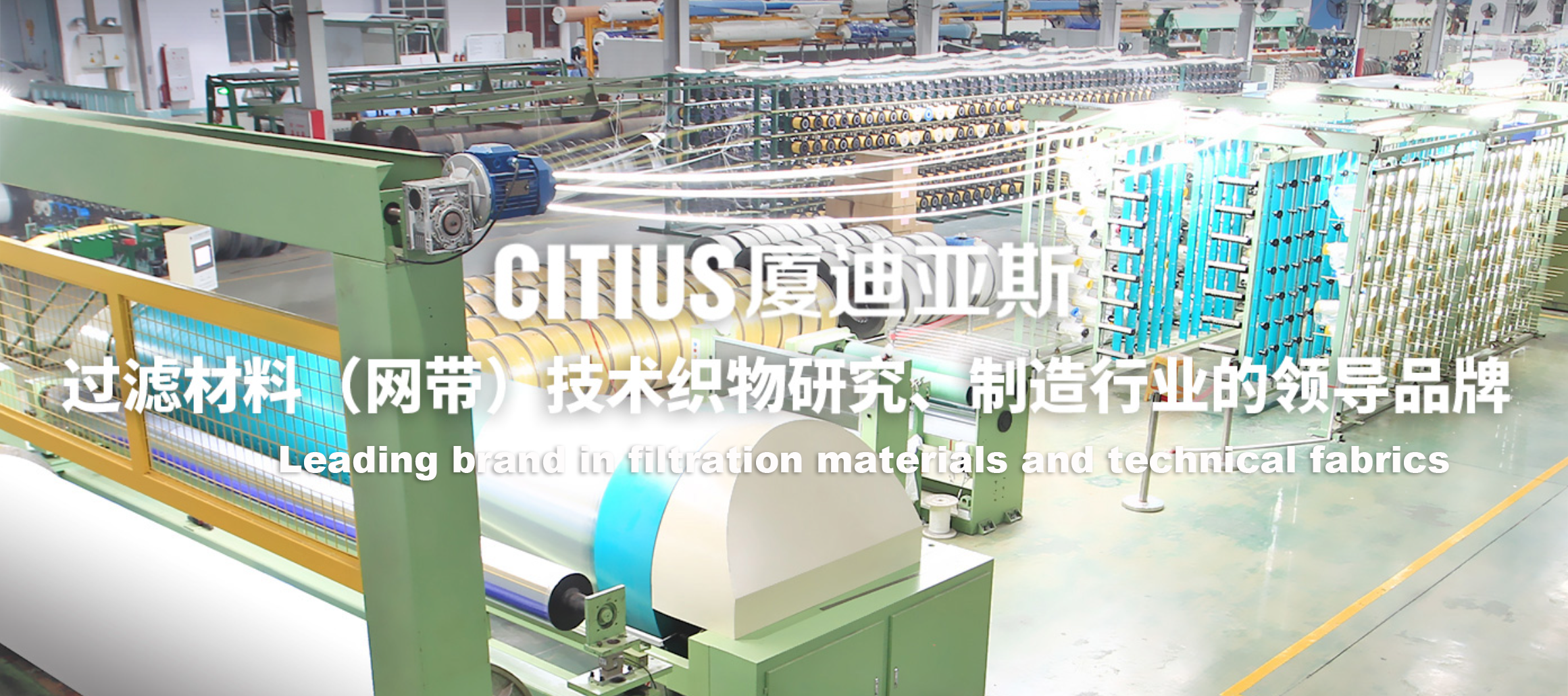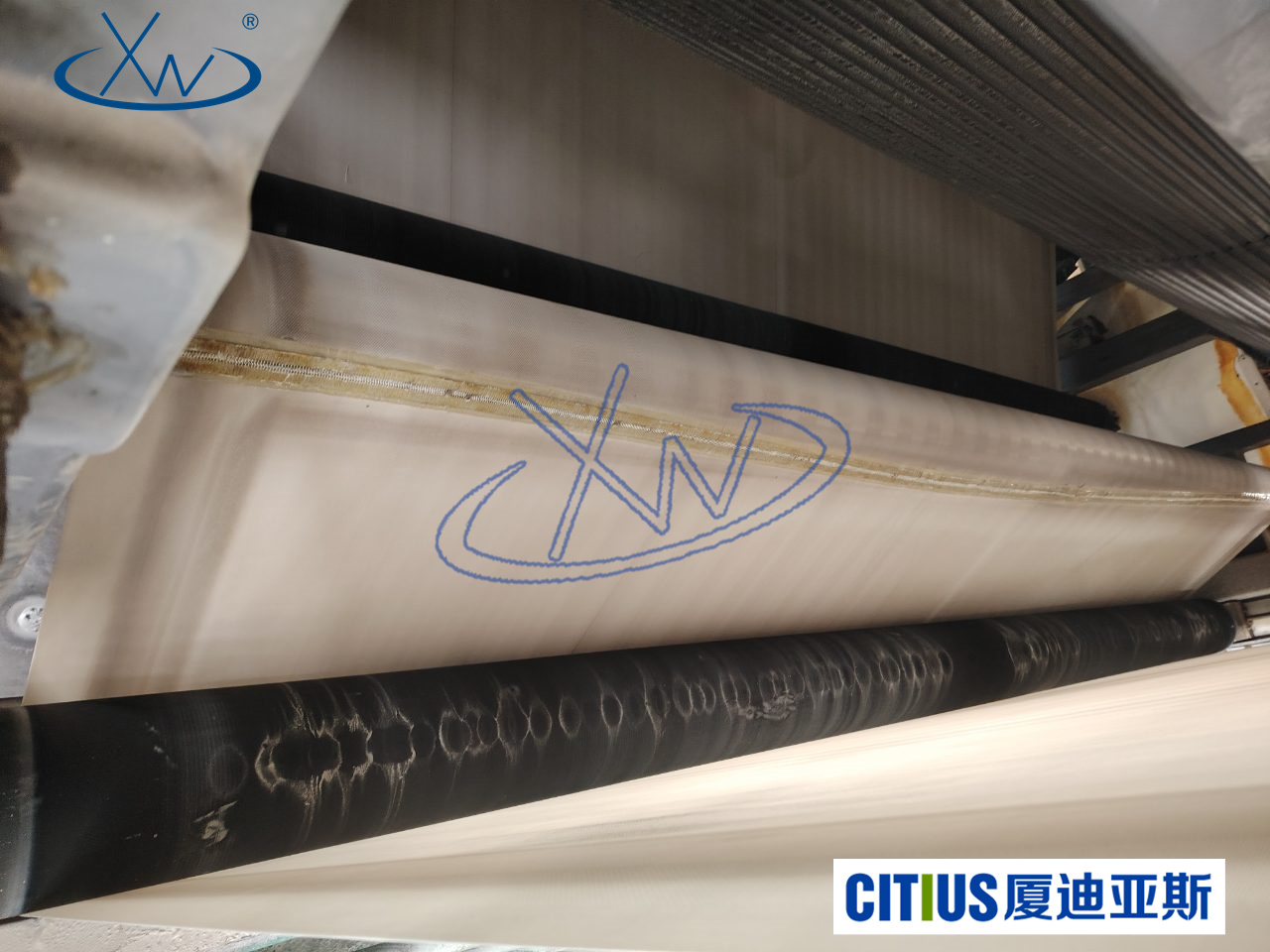Papermaking forming fabric: A key material behind the quality of paper produced by manufacturers
Release time:
2025-04-08
In the numerous core processes of the papermaking industry, the forming system is one of the key steps that determines the structure and quality of the paper. One of the core components supporting the efficient operation of this system is the forming fabric. Although the forming fabric does not directly participate in the physical processing of the paper, its structure, performance, and durability play a decisive role in the evenness, strength, moisture content, and even production efficiency of the finished paper. With the continuous innovation of papermaking technology, papermaking forming fabrics have also made significant progress in materials, weaving processes, and functional design, becoming an indispensable part of modern papermaking equipment.
I. What is a Forming Fabric?
Forming fabric ( Forming Fabric ), also known as forming cloth, is a mesh fabric installed in the forming section of a paper machine, used for pulp dewatering and the initial forming of the paper sheet. Its main function is, after the pulp enters the mesh section, to allow the pulp to uniformly deposit and form an initial wet web through its own support and water filtration capabilities. Modern paper machines are mainly characterized by high-speed and continuous operation, placing extremely high demands on the structural strength, air permeability, wear resistance, and stability of the forming fabric.
The forming fabric not only affects the dewatering efficiency of the pulp but also directly determines the surface quality, structural evenness, and fiber arrangement of the finished paper, therefore it is known as " the shaper of paper quality ”。
II. Classification of Forming Fabrics
Forming fabrics can be classified according to weaving structure, number of layers, and Applications:
1. Classification by the number of fabric layers:
- Single-layer forming fabric: Simple structure, lower cost, suitable for low-speed paper machines, such as cultural paper and packaging paper. Double-layer forming fabric:
- Made of two layers of fabric interwoven, it has better paper sheet support and waterline stability, suitable for medium and high-speed paper machines. Double-layer semi-forming fabric (
- layer) 1.5 Combines the advantages of single-layer and double-layer, improving the mesh surface quality and dewatering efficiency. Three-layer forming fabric:
- Uses a three-layer yarn structure, resulting in a better paper sheet forming effect, suitable for the production of high-speed, high-quality paper types, such as coated paper and cigarette paper. Classification by weaving method:
2. Plain weave (
- plain weave ) Twill weave (
- twill weave Satin weave ( Twill weave (
- satin weave Different weaving methods will affect key performance indicators such as the smoothness of the mesh surface, dewatering speed, and service life. Twill weave (
Classification by Applications:
3. Cultural paper forming fabric
- Packaging paper forming fabric
- Special paper forming fabric
- Toilet paper forming fabric, etc.
- III. Performance Requirements of Forming Fabrics
Papermaking forming fabrics need to have the following core performance characteristics:
Good dewatering ability:
- Quickly drain water while ensuring fiber retention rate, improving papermaking speed and production capacity. Excellent fiber support:
- Prevent fiber penetration and loss, improving paper evenness and surface quality. High wear resistance:
- Adapt to the long-time high-speed operation of the paper machine, extending service life and reducing replacement frequency. Strong Size stability:
- Maintain stable fabric morphology under high tension, high humidity, and high temperature. Easy to clean, good anti-clogging performance:
- Avoid waterline instability caused by clogging, reducing downtime cleaning costs. IV. Main Materials and Manufacturing Processes of Forming Fabrics
Modern forming fabrics mostly use polyester (
PET ) or reinforced polyamide ( PA ) and other high-performance synthetic fiber materials, woven by precision weaving machines. In high-end products, special functional yarns with high temperature resistance and corrosion resistance are also added. In terms of manufacturing processes, it generally includes:
High-precision weaving:
- Multi-layer composite weaving to ensure that different layers have specific functions. Heat setting treatment:
- Improve the Size stability of the fabric. Surface polishing
- Coating treatment: / Improve smoothness and anti-adhesion. Joint hot melt
- Mechanical connection process: / Ensure the reliability of the fabric's closed-loop use. V. Working Principle of Forming Fabrics in Paper Machines
During paper machine operation, the pulp is evenly sprayed onto the high-speed running forming fabric through the headbox. Under the action of vacuum and gravity, the water in the pulp is quickly discharged, and the fibers deposit, arrange, and gradually form a wet web on the forming fabric. The forming fabric is not only a water filtration
channel " but also a fiber distribution ” carrier " Carrier”。
Proper forming fabric selection and maintenance can significantly improve the structural consistency, surface smoothness, and mechanical strength of the finished paper.
VI. Selection Suggestions and Precautions
- Select the appropriate number of layers based on the paper machine speed High-speed paper machines are recommended to use a double-layer or three-layer structure to ensure paper strength and production efficiency.
- Match the fabric surface characteristics according to the paper type requirements For example, fine writing paper requires a fine and smooth mesh surface, while packaging paper requires higher support and wear resistance.
- Pay attention to the compatibility of equipment tension and vacuum zone layout Ensure that the forming fabric is not easily broken or slipping under operating tension.
- Regular cleaning and inspection Avoid blockage, maintain good dewatering properties, and extend service life.
VII. Current Status and Trends of the Industry
With the global paper industry's green transformation and intelligent upgrading, the forming fabric industry also shows the following development trends:
1. Application of high-performance materials
The widespread application of new generation polyester and composite fibers has greatly improved the wear resistance, heat resistance, and chemical resistance of forming fabrics.
2. Multifunctional composite design
Combining different functional yarns to achieve integrated functions such as dewatering, support, and anti-blocking, improving overall efficiency.
3. Digital manufacturing and quality control
Intelligent weaving equipment and online detection systems improve the precision consistency and quality controllability of forming fabrics.
4. Rise of domestic brands
With the development of China's high-end equipment manufacturing industry, domestic forming fabric manufacturers such as Xiamen Citius are gradually breaking the foreign monopoly, and their products are gradually entering the international market, achieving a good reputation in terms of quality and cost-effectiveness.
VIII. Xiamen Citius Strength and experience in the forming fabric field
As a deep cultivator in the field of filter materials and technical textiles, Xiamen Citius Filter Materials Technology Co., Ltd. continues to increase its research and development investment in papermaking forming fabrics. The forming fabric products developed by the company have been widely used in the production of various paper types such as writing paper, packaging paper, and special paper, and have the following advantages:
- Precision weaving equipment ensures product size and performance stability;
- A variety of structural types are available to meet the needs of different paper machines;
- Personalized customization and fast delivery services, efficient response;
- Focus on product durability and running cost control to help customers improve the overall efficiency of paper machines.
In today's increasingly fierce competition in paper quality, forming fabrics are not only basic materials but also important factors in enhancing product differentiation and competitiveness. Xiamen Citius is committed to becoming a trustworthy filter system partner for papermaking enterprises, driving the industry forward with innovation and quality.



